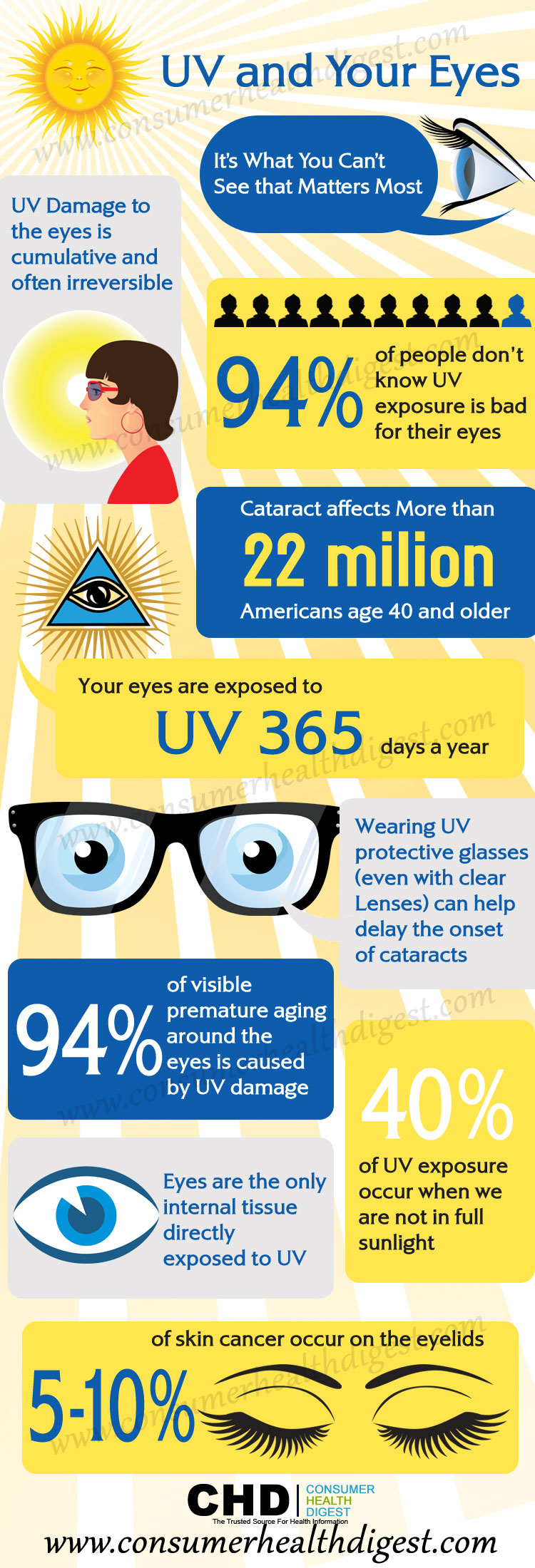 AD
AD
Today is: April 16
Scroll to explore events active on this date.
LEEP INK FEATURES

Events in April 2025
Spring has sprung in the north, and the first hints of Autumn are on the horizon in the south. April is the month spring (or fall) gets underway, and it is filled with religious celebrations, including the Mu...

Metamorphic March: Trends and events in March 2025
Welcome to Spring or Autumn. This is a transitional month with something for everyone. Internationally, it is Women's History Month, focusing on the achievements, needs, and challenges that women ...

February Favorites
The world steps into the second month of 2025 with hope and trepidation. The United States has a new administration. Canada is finding its way to a new administration. Germany and several other European nations...
About National Ultraviolet (UV) Awareness Month
Safety & Security , United States
Ends: May 31, 2022
DESCRIPTION:
Prevent Blindness America, the nation’s oldest volunteer eye health and safety organization, has declared May UV Awareness Month to help educate the public on the dangers of UV and how to protect the eyes.
For example, in addition to the skin, the eyes can also become “sunburned,” known as photokeratitis. The painful condition may result in temporary loss of vision for a few days. Pterygium, a growth of tissue that forms on the white of the eye correlates directly to an individual’s UV exposure. Without treatment, this condition may require surgical treatment.
Alarmingly, a recent survey conducted by N3L Optics found that more than 40 percent of runners and 35 percent of water sports participants do not consistently wear sunglasses during those activities. And, only 50 percent of men and 33 percent of women make it a priority to have the right sunglasses for their sport. Reflective surfaces like snow, water, sand and asphalt can greatly increase the amount of UV radiation to which the body is exposed.
Unfortunately, UV damage is cumulative and has been linked to eye problems later in life including tumors, cataracts and macular degeneration, an eye disease which currently has no cure.
The delicate skin around the eye and the eyelids is also susceptible to UV damage. According to the Office of Air and Radiation at the Environmental Protection Agency, basal cell carcinoma is the most common type of skin cancer to affect the eyelids and may appear on the lower lid, in the corners of the eye and under eyebrows.
PBA offers these tips on how to keep your future bright with protection from UV:
Always wear sunglasses that block 100 percent of UV-A and UV-B rays. Sunglasses without UV protection may shade the eyes but actually cause the pupils to dilate, allowing in even more harmful rays.
Sunglasses that block 100 percent of UV-A and UV-B rays should always be worn in conjunction with a brimmed hat. Wrap-around sunglasses are best as they protect the eyes and the skin around the eyes.
Although some contact lenses may offer UV protection, they cannot protect the entire eye and the skin around it. Sunglasses, especially for children, should be made of unbreakable polycarbonate for active lifestyles.
Ask your doctor about prescription medication that may cause increased sensitivity to light.
Always wear eye protection when using a tanning bed. According the American Academy of Ophthalmology, tanning beds can produce UV levels up to 100 times more than the sun, which can cause serious damage to the external and internal structures of the eye and eyelids.
“We want to stress the importance of protecting the eyes from UV rays, especially to young people,” said Hugh R. Parry, president and CEO of Prevent Blindness America. “Although we may not notice any ill effects of UV exposure today, it can greatly impact our ability to see clearly in the future.”
For more information on the dangers of UV exposure and more information on how to choose the best sunglasses for adults and children, please visit Prevent Blindness America’s dedicated web site at preventblindness.org/protect-your-eyes-sun or call (800) 331-2020.
VIDEOS
SUPPORTING DOCUMENTS
ADDITIONAL IMAGES
Where would you like to go now?
 AD
AD






/footer-logo.svg)
